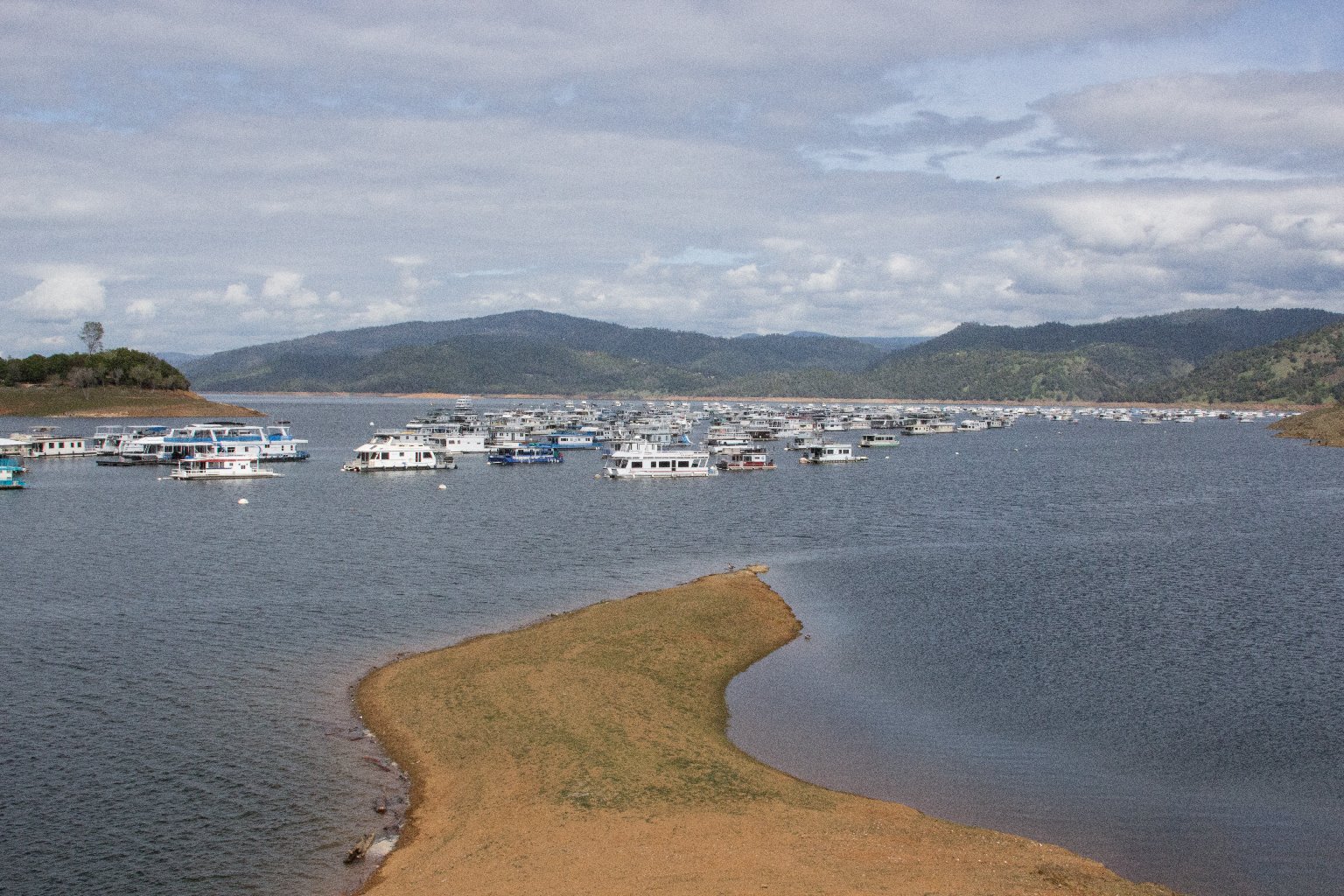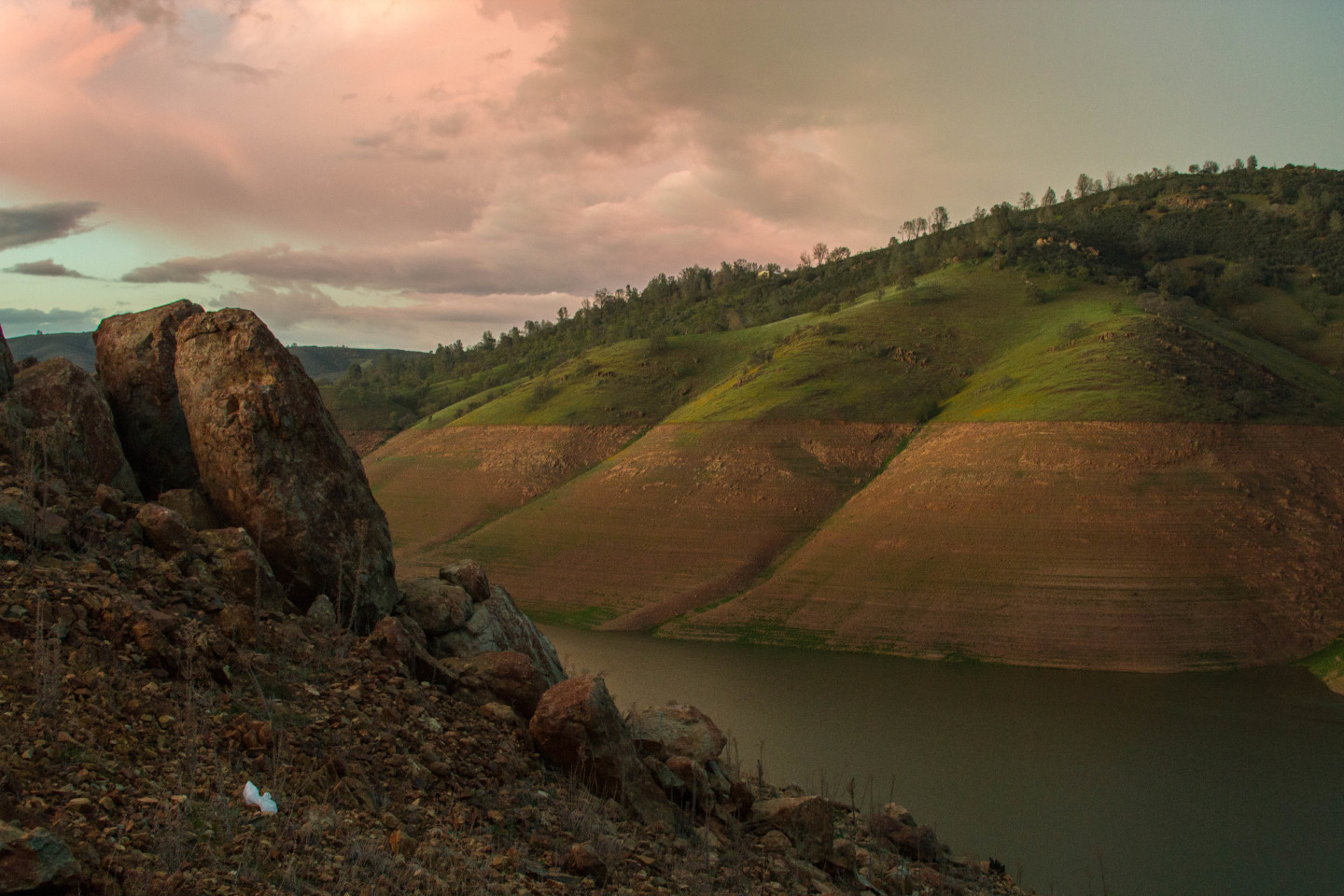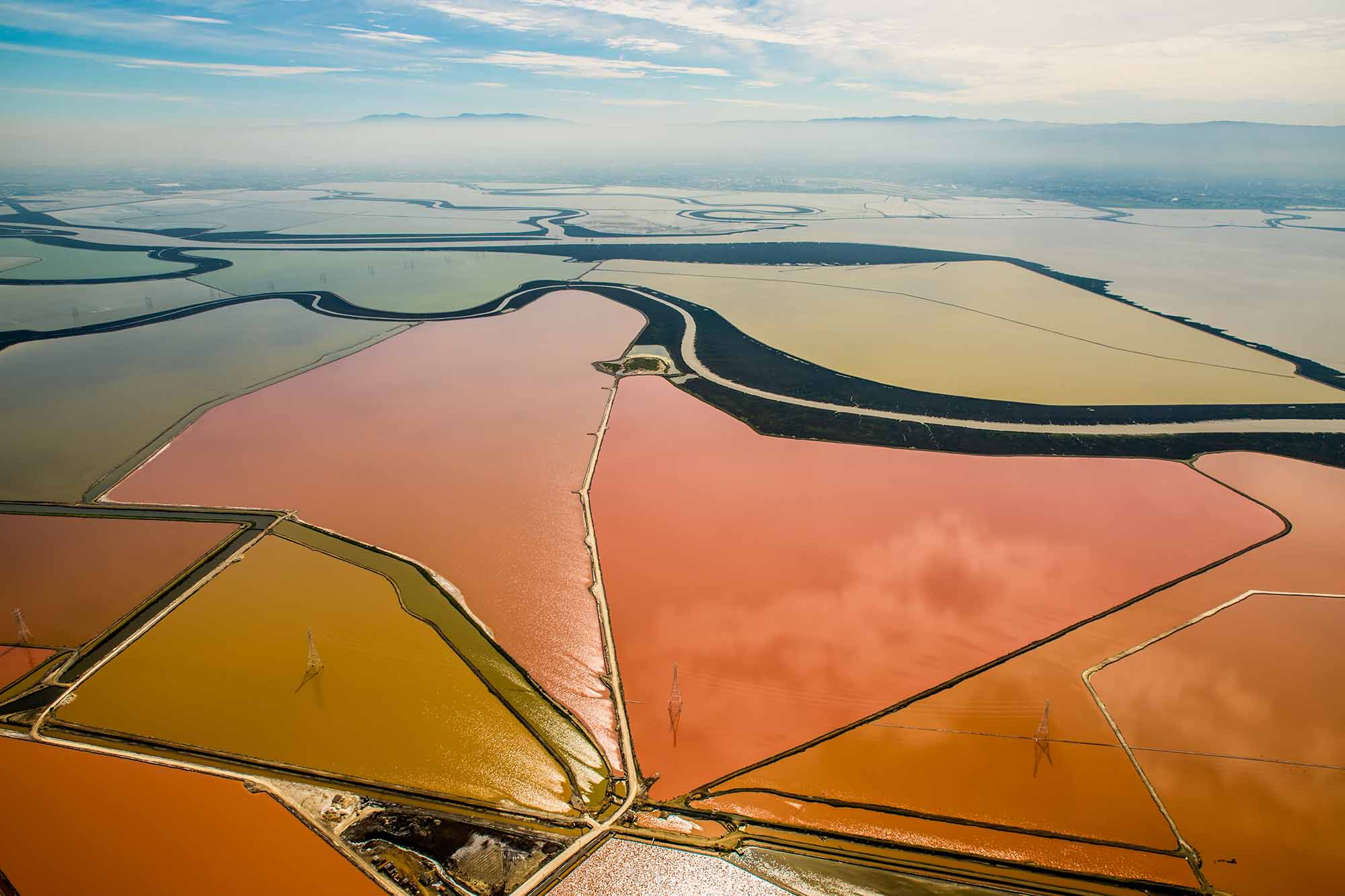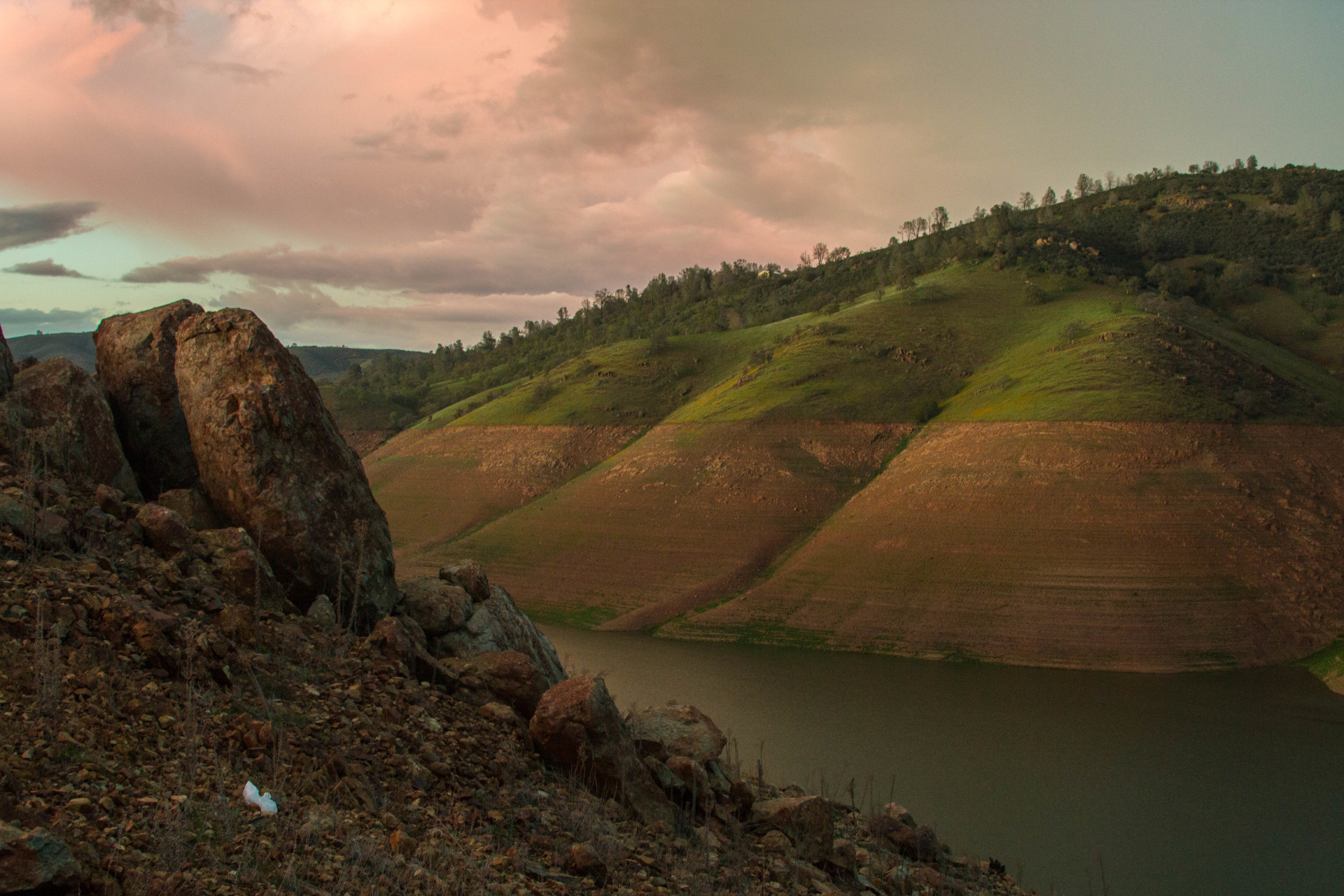California depends on an immense system of dams, reservoirs and aqueducts to impound and store water, and to move it from where it starts out -- mostly in Northern California and the Sierra Nevada -- to farms and cities everywhere else in the state.
OK -- that much is California 101, and we've all heard it, whether we were listening or not. But it's one thing to hear about this system, built almost entirely in the last century, and another thing to encounter it face to face.
The dozen largest dams and reservoirs, pictured in the gallery below, are key to the California we know today. Long ago, the flow of rivers in a wet winter would turn the Central Valley into a teeming inland sea. Now dammed, diked and tamed, the wild valley and its rivers have been transformed again, into the main engine of an economic powerhouse. Water that used to flow unchecked is now diverted to support one of the Earth's richest farm regions and 38 million people working in the world's eighth-largest economy.

The dams and reservoirs that have made this transformation possible are monumental. Six of the nation's 14 tallest dams impound California rivers. Oroville Dam, which forms Lake Oroville, the State Water Project's principal water source, is the tallest in the United States at 770 feet.
In wet years, if you can remember one of those, these giant artificial lakes are nearly brimful and look just the way a tourist bureau would like them to always look: fresh, blue, ringed with inviting forests and campgrounds, plied by houseboaters and fishing enthusiasts.



